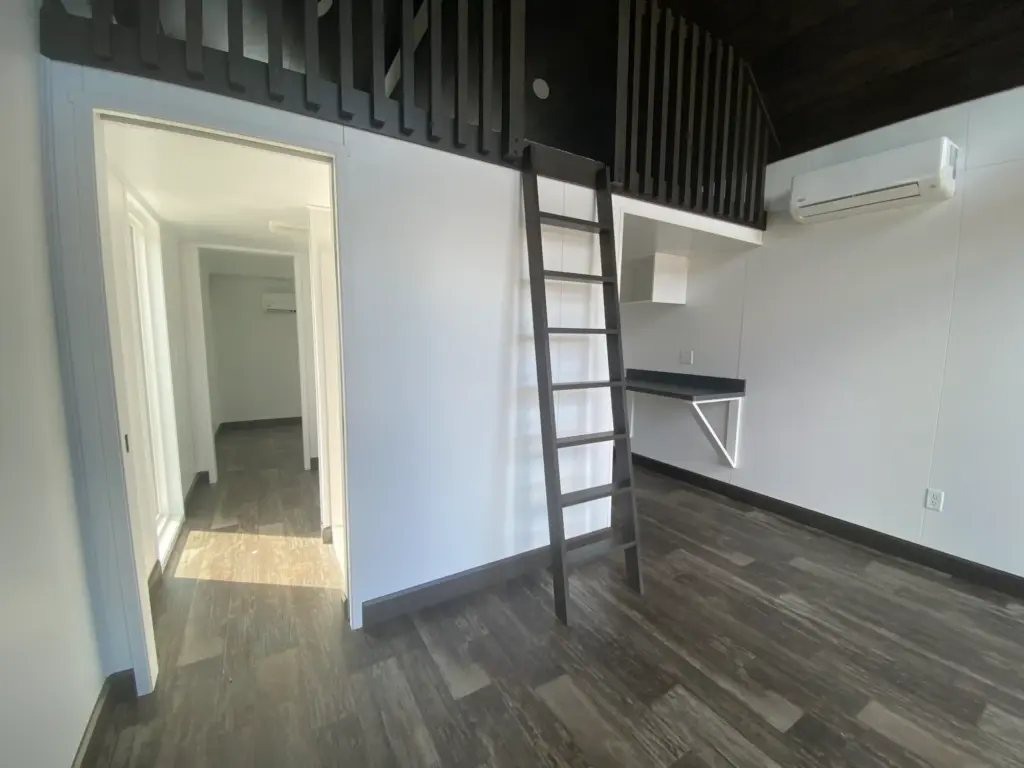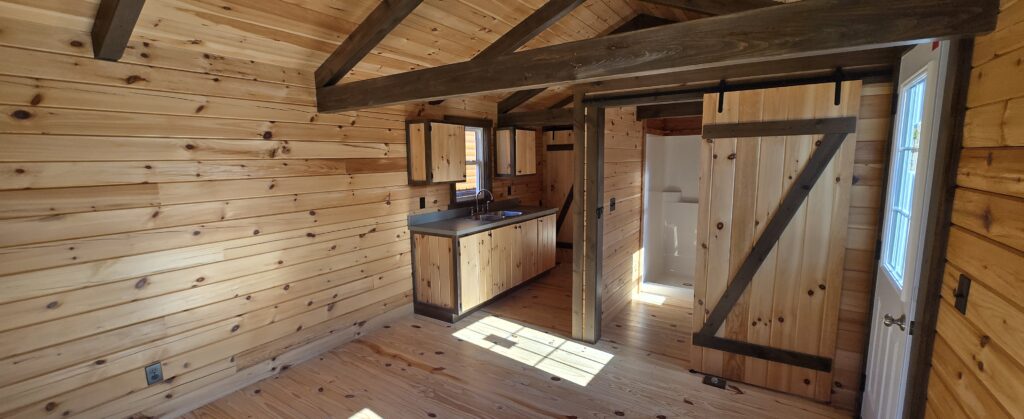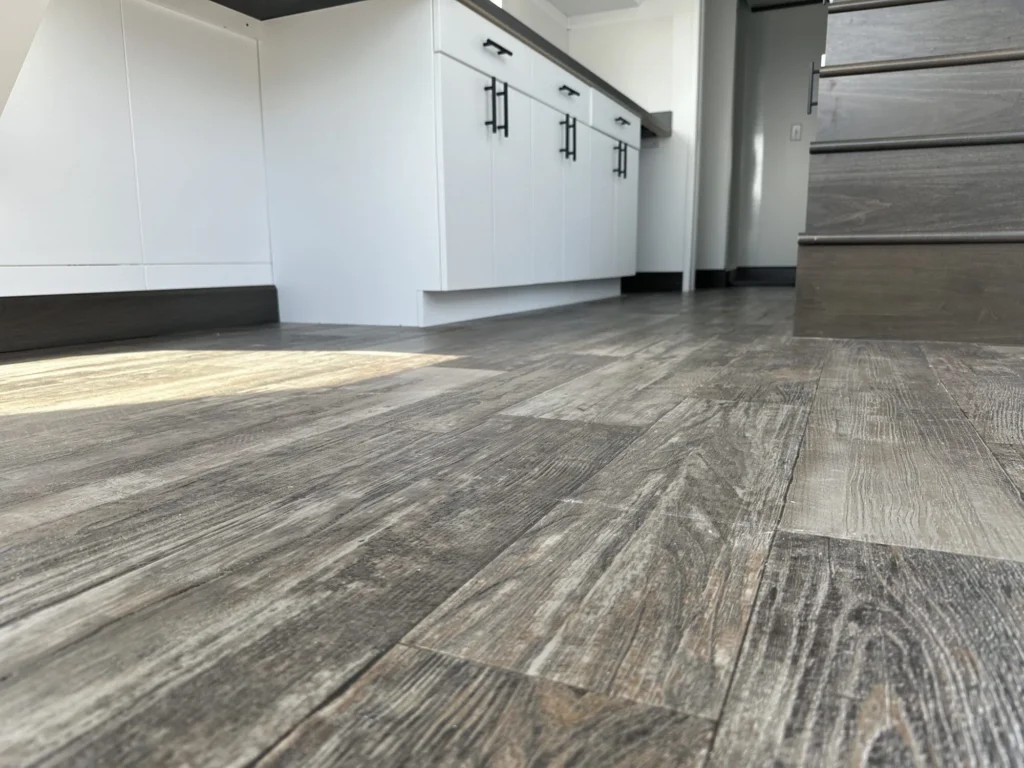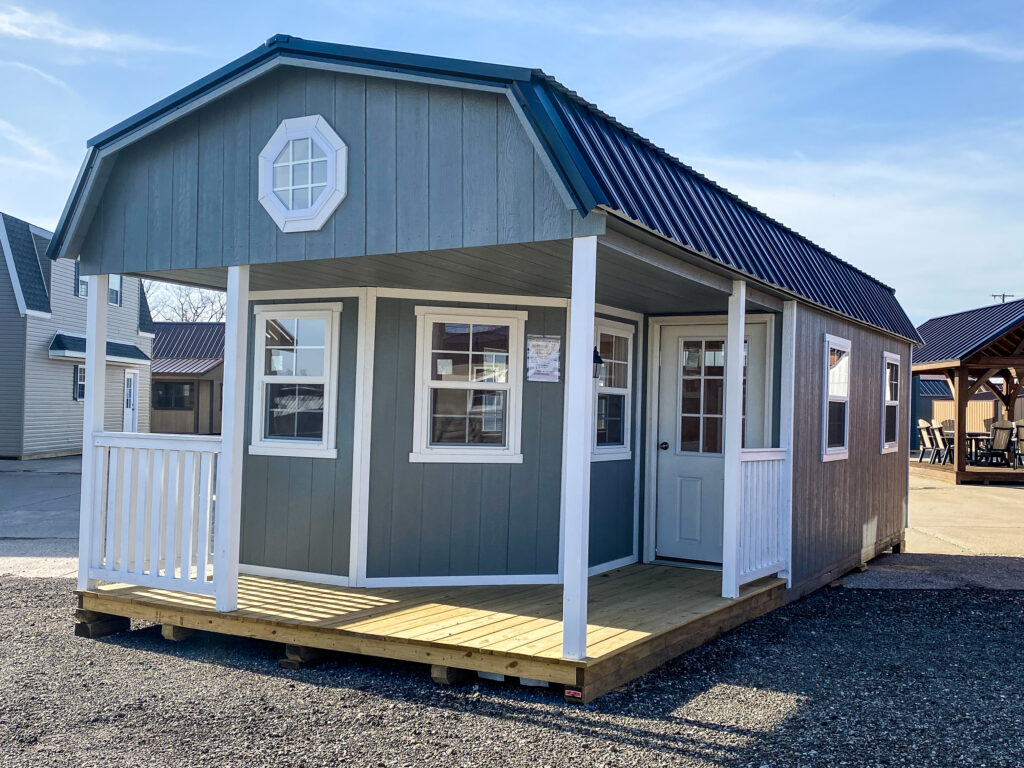Sealing a tile floor is one of the best ways to protect it from stains, water damage, and wear. Whether your tiles are brand new or several years old, applying a good sealant helps preserve their beauty and makes cleaning much easier. Understanding how to seal tile floors correctly saves money and keeps your home looking polished for years to come. At Ohio Cabin and Structures, we know that proper surface care adds value to any property. Just like quality craftsmanship matters in a new build, sealing your floors the right way matters for long-term durability and appearance.

Why Sealing Tile Floors Matters
Sealing creates a protective layer that prevents spills, dirt, and moisture from seeping into porous surfaces. Even if your tiles seem waterproof, many materials, including grout, can absorb moisture. Over time, this causes discoloration, mold growth, and cracking. Sealing stops these problems before they start. Unsealed grout is particularly vulnerable to stains and mold. By sealing both tiles and grout, you create a barrier that makes cleaning easier and helps maintain a uniform color across the floor.
Which Tile Floors Need Sealing
Not all tiles require sealant. Glazed ceramic and porcelain tiles already have a factory-applied protective coating. However, natural stone tiles like marble, travertine, limestone, or slate are porous and must be sealed regularly. Unglazed ceramic and terracotta tiles also need sealing to prevent moisture absorption. The grout between tiles always benefits from sealing, even if the tile surface does not. Grout absorbs liquids quickly and can become discolored without protection. Checking your manufacturer’s recommendations helps determine whether your tile type needs sealing and how often.
Choosing the Right Sealer
Tile sealers come in two main types: penetrating sealers and surface sealers. Penetrating sealers soak into the tile and grout, filling microscopic pores and blocking moisture. They are ideal for natural stone and unglazed tile. Surface sealers, on the other hand, form a thin film on top of the tile, creating a glossy or matte finish. For floors that see a lot of foot traffic, penetrating sealers are the better option because they don’t wear off easily. For decorative or low-traffic areas, a surface sealer can enhance shine and color. Always choose a sealer made for your tile material and intended for floor use, not countertops or walls.

What You Need Before Starting
Before sealing, gather these supplies: tile cleaner, soft brush, microfiber mop, clean towels, sealant, applicator pad, and gloves. If you’re sealing natural stone, make sure to use a cleaner that is safe for stone surfaces. Avoid vinegar or acidic products, which can etch the surface. Also, make sure the room is well-ventilated. Open windows and doors to allow airflow. Good ventilation helps sealers cure properly and reduces fumes. For larger home projects, it’s worth reviewing the steps in how to build a chalet home, which also covers finishing work and surface protection for different materials.
Step 1: Clean the Tile and Grout Thoroughly
The first step in sealing tile floors is cleaning. Any dirt, oil, or soap residue can prevent the sealer from bonding correctly. Sweep or vacuum to remove dust and debris. Then mop using a mild cleaner designed for your tile type. Avoid harsh chemicals that could react with the sealant. Pay extra attention to grout lines. Scrub them with a small brush and cleaning solution to remove stains or mildew. If the grout is damaged or cracked, repair it and let it cure before applying sealant. A perfectly clean surface ensures a smooth, even seal.
Step 2: Let the Floor Dry Completely
After cleaning, let the floor dry for at least 24 hours. Any trapped moisture can prevent the sealer from absorbing properly. You can speed up drying by using fans or dehumidifiers, but avoid direct heat. A dry surface is critical for good adhesion and even coverage. Many sealing products fail because they were applied to damp tiles. Even a small amount of moisture can cause streaks or a cloudy finish once the sealer dries. When in doubt, wait an extra few hours before continuing.

Step 3: Apply the Sealer
Shake or stir the sealer according to the product instructions. Use an applicator pad, paint roller, or clean cloth to apply the sealer evenly. Work in small sections of about 3 feet by 3 feet to maintain control and prevent missed spots. Always follow the manufacturer’s instructions for application method and drying time. Apply a thin, even coat and avoid puddles. Allow it to soak into the surface for the recommended time, usually around five to ten minutes. If you’re using a surface sealer, let it sit on top rather than wiping it off immediately. Excess sealer can leave a cloudy film, so wipe any extra before it dries.
Step 4: Wipe Away Excess Sealer
After the waiting period, use a clean, dry towel to wipe away any leftover sealer. This prevents streaking and ensures an even finish. For natural stone, buffing the surface gently helps achieve a smooth look. Check for any areas that appear patchy or dull and reapply a small amount of sealer as needed. It’s better to apply two thin coats than one thick one. This allows the sealer to penetrate evenly and creates a stronger barrier. Wait the recommended drying time between coats, usually several hours or overnight, depending on humidity and temperature.
Step 5: Let the Sealer Cure
Once applied, the sealer needs time to cure. Keep foot traffic off the floor for at least 24 hours. During this time, avoid placing furniture or rugs back onto the surface. Complete curing can take up to 72 hours, depending on the product and environment. Proper curing ensures that the sealer hardens into a durable protective layer. Rushing this step can reduce its effectiveness and lead to uneven sheen or premature wear.

How to Check If Your Floor Needs Resealing
To test whether your tile floor needs resealing, sprinkle a few drops of water on the surface. If the water beads up, your seal is still good. If it soaks in or darkens the tile or grout, it’s time to reapply the sealer. High-traffic areas may need resealing every year, while lower-traffic spaces can last two to three years. Keeping an eye on your floors ensures consistent protection and appearance.
Sealing Grout Separately
If your tiles don’t need sealing but the grout does, you can use a small applicator bottle or brush to apply grout sealer directly into the lines. This method gives precision and reduces waste. Make sure to wipe away any excess that lands on the tile surface to avoid hazing. Grout sealers are available in both penetrating and surface forms. Penetrating sealers are best for most floors, as they block moisture without changing the grout’s color or texture. Reapply grout sealer every one to two years for continued protection.
Best Time to Seal a Tile Floor
Sealing should be done in mild weather conditions. Extreme humidity or cold temperatures can affect how the sealer dries and bonds to the tile. Spring or early fall are usually the best times for indoor sealing projects. If you’ve just installed new tile, wait at least 72 hours before sealing to let adhesives and grout cure completely. Rushing the process can trap moisture, leading to uneven results.

Eco-Friendly and Low-VOC Sealers
For those concerned about indoor air quality, many modern sealers are low-VOC (volatile organic compound) or water-based. They offer excellent protection without strong odors or harmful emissions. These products are especially ideal for homes with children, pets, or sensitive individuals. Choosing an eco-friendly sealer benefits both your living space and the environment. For more on tile materials and their properties, you can visit Wikipedia’s detailed guide to ceramic tiles.
Rejuvenating Older Floors
If your tile floor looks dull, cleaning and resealing it can restore its original luster. Start by stripping away any old sealant using a product designed for that purpose. After deep cleaning, let the surface dry completely before applying a fresh coat of sealer. This simple update can make a noticeable difference in how your floor looks and feels. For natural stone floors, professional resealing every few years ensures long-lasting results. Experts have tools to remove stains, polish stone, and apply even layers of sealant that last longer than DIY products.
When to Call a Professional
Sealing a tile floor is manageable for most homeowners, but certain conditions call for expert help. Large areas, uneven surfaces, or specialty stone tiles can be tricky to handle alone. Professionals have the equipment and experience to apply sealant evenly and avoid over-application. If you’re uncertain about which sealer to use or how to apply it correctly, reaching out through the Ohio Cabin and Structures contact page connects you with experts who can offer guidance and recommendations.

Final Thoughts
Sealing tile floors is a practical way to protect your investment and keep your home looking fresh. With the right materials and careful application, you can prevent stains, reduce maintenance, and enhance the beauty of your flooring. Clean thoroughly, apply the right sealer, and maintain the finish for years of durability. For reliable building and home improvement support, trust the professionals at Ohio Cabin and Structures to help you care for every detail of your living space.
